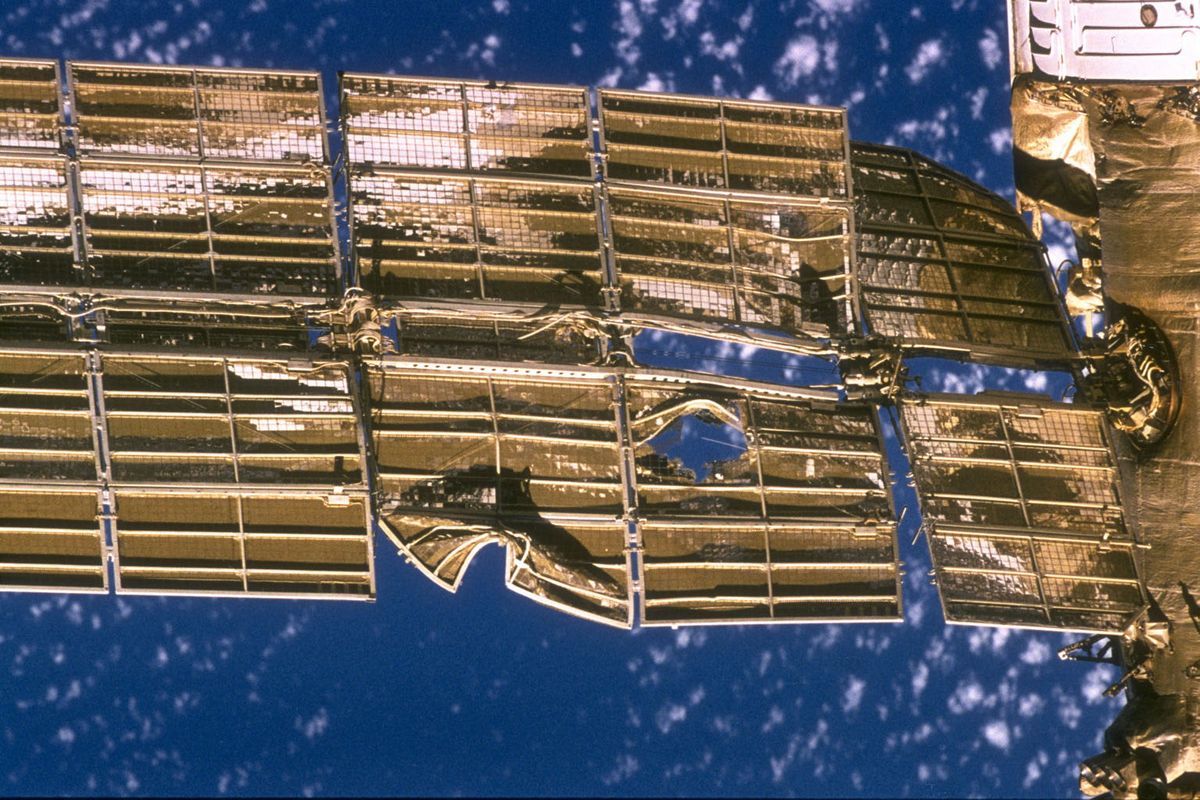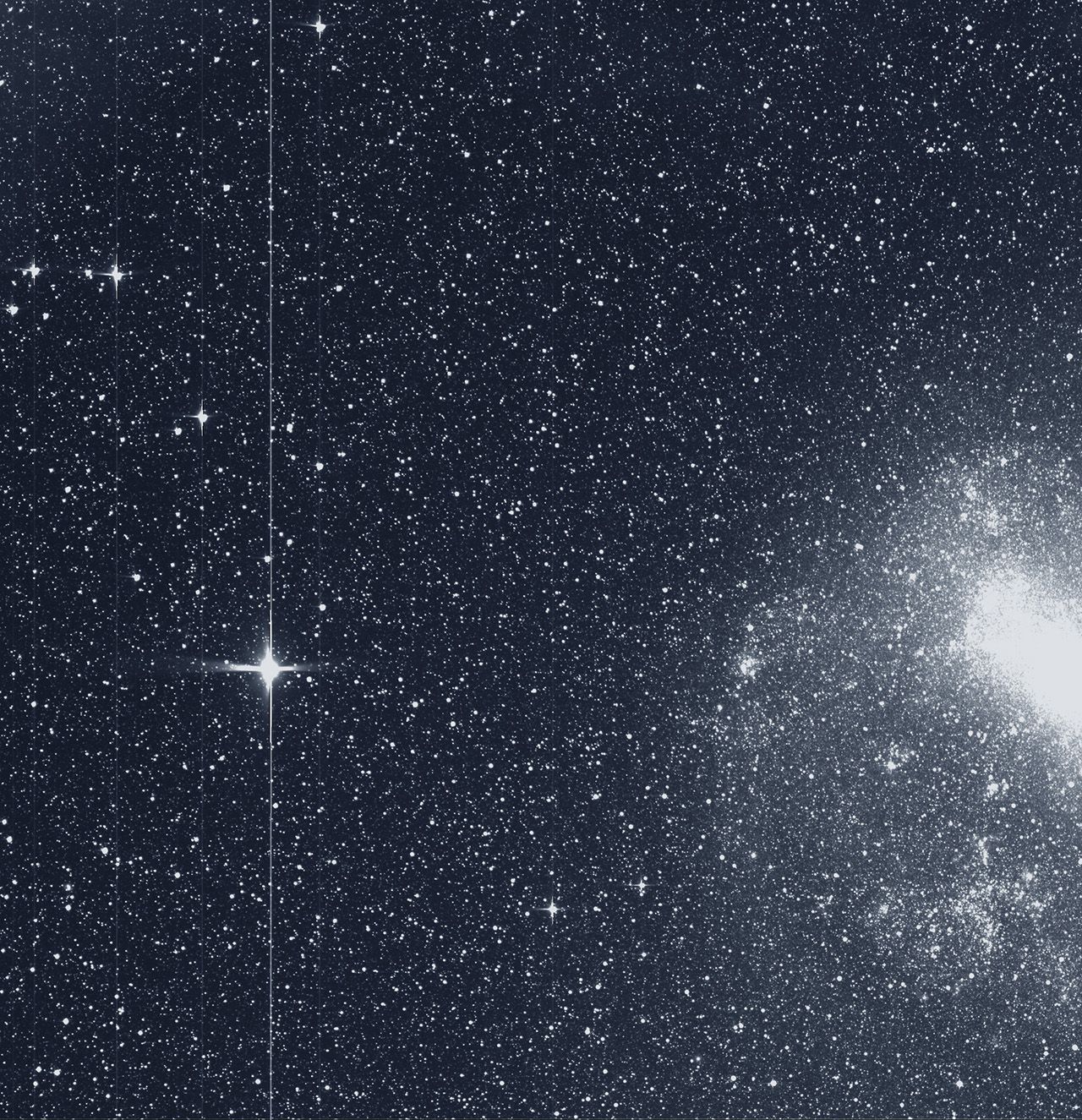Is this good as space food?
The latest entree to join the Army’s roster of M.R.E. field rations is a Sicilian-style slice that stays fresh for years and took decades to develop.

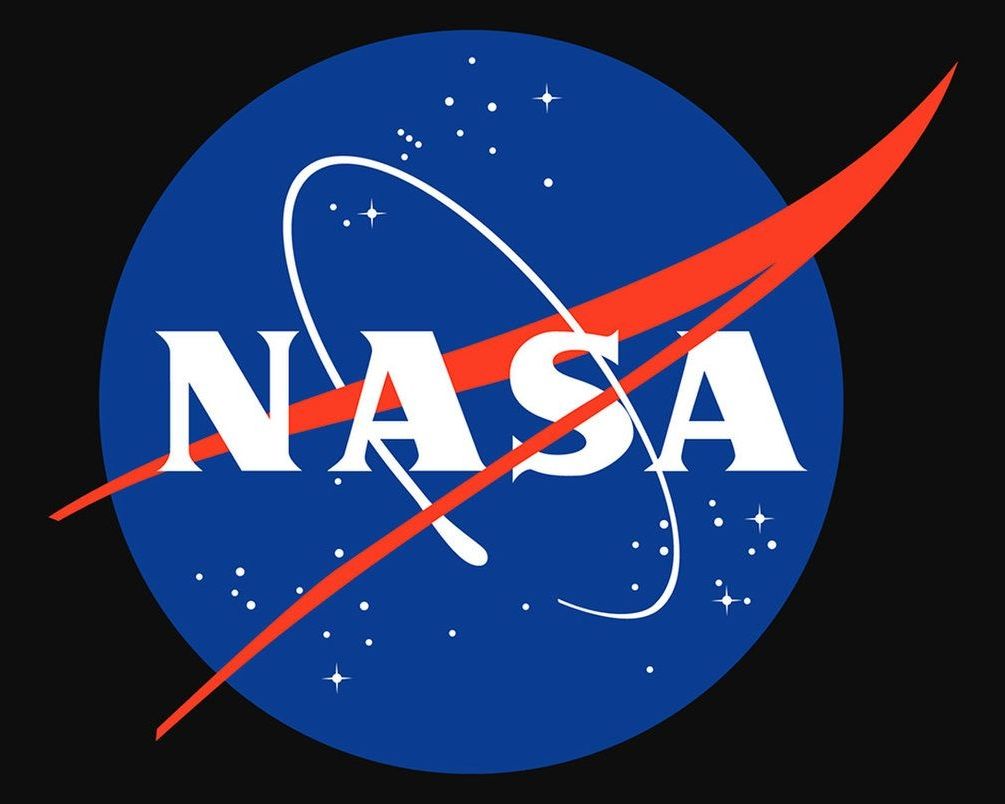
Do you think NASA needs a new logo?
Michael D. Shaw is a biochemist and freelance writer. A graduate of the University of California, Los Angeles, and a protégé of the late Willard Libby, winner of the 1960 Nobel Prize in chemistry, Shaw also did postgraduate work at MIT. Based in Virginia, he covers technology, health care and entrepreneurship, among other issues.
NASA’s logo needs a refresh. The agency’s official logo, the 59-year-old “meatball insignia,” features a sphere to represent a planet, stars to represent space and a red chevron or “wing” to represent aeronautics, with white N-A-S-A lettering in the center. This logo looks like it belongs in a museum, commemorating the past, not celebrating the future. As NASA celebrates its 60th anniversary this year, this seems like a good time for the agency to update its antiquated logo.
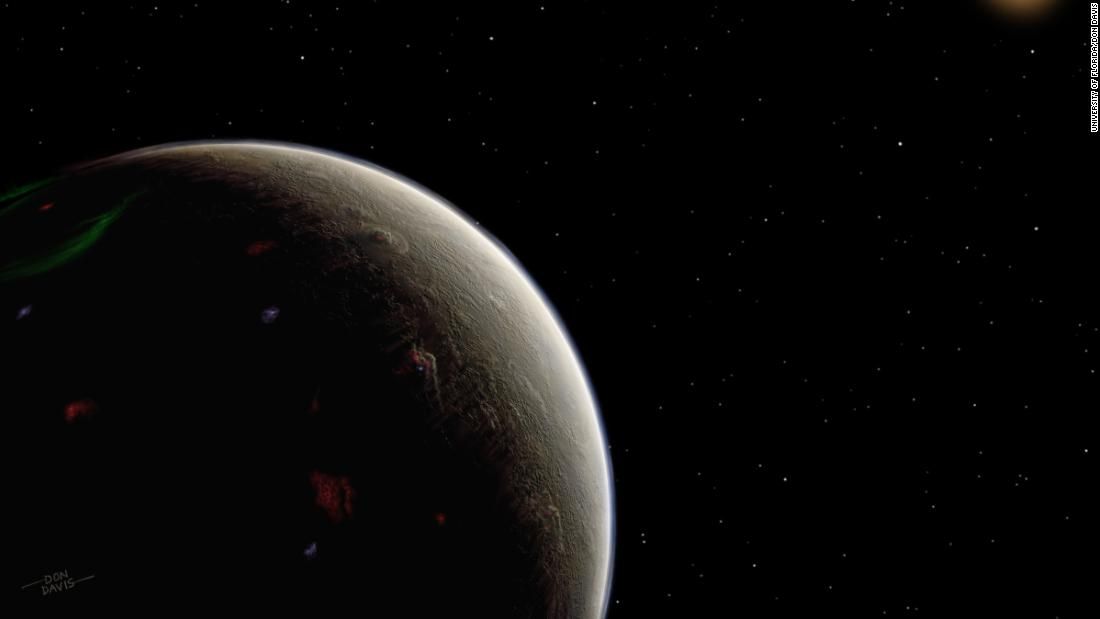
A planet has been found right where the creator of “Star Trek” and three astronomers thought Vulcan would be.
(CNN)Maybe the final frontier isn’t so far out of reach. Astronomers have found an exoplanet reminiscent of the planet Vulcan from “Star Trek,” orbiting a star in a system only 16 light-years from Earth.
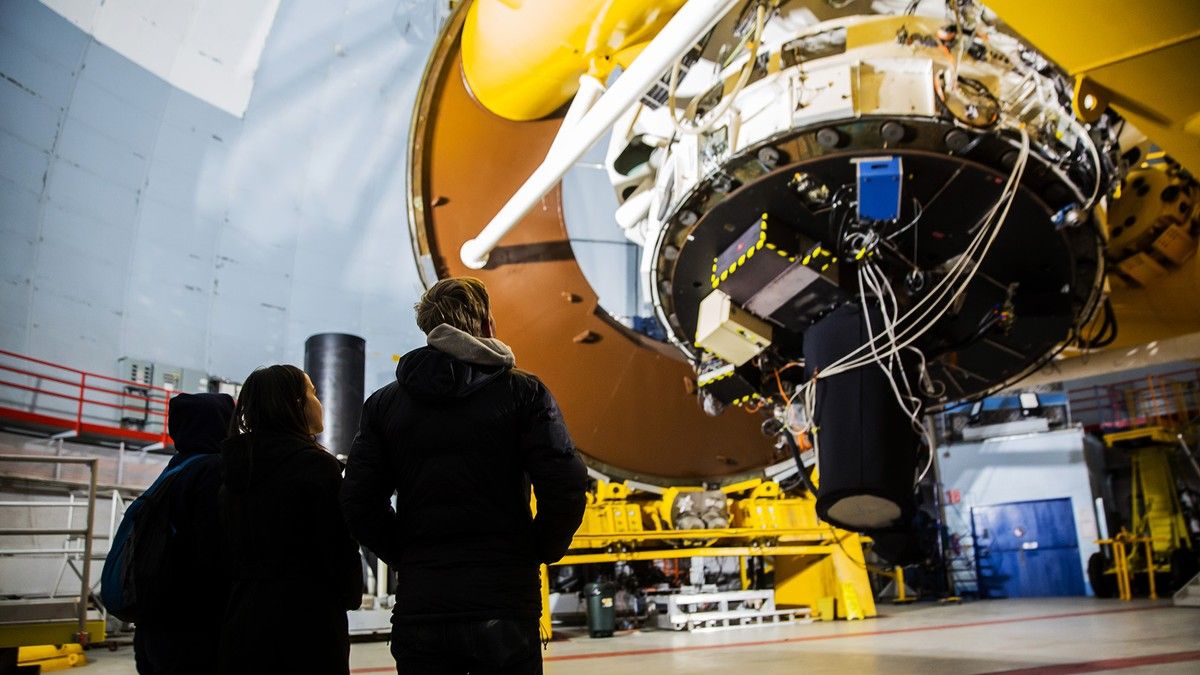
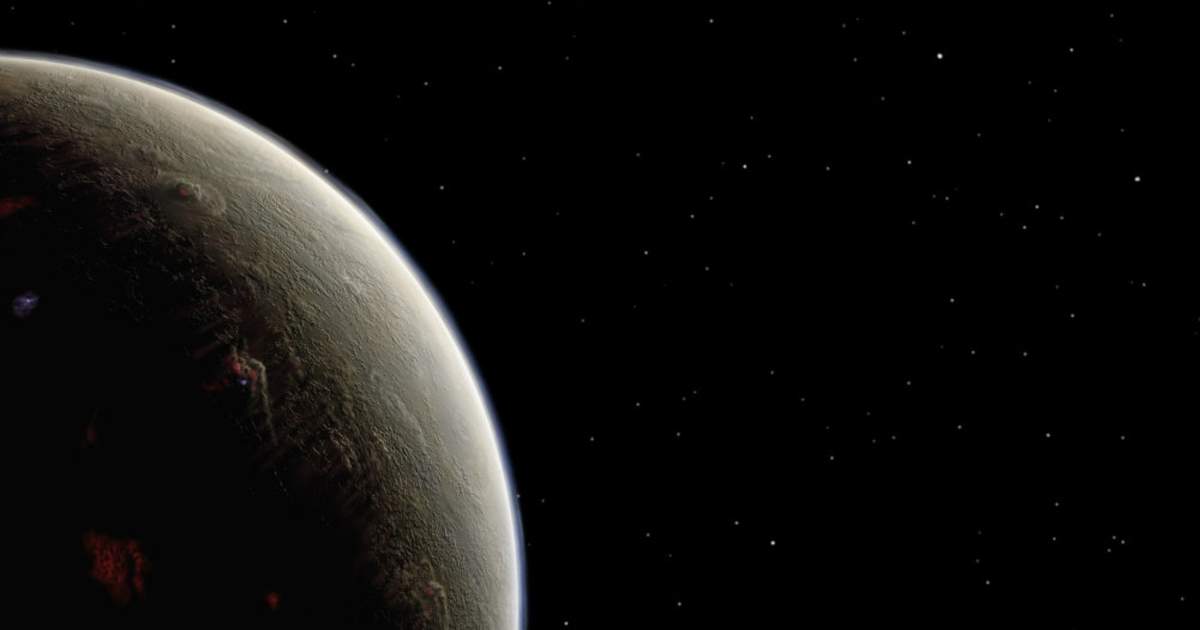
Astrophysicists just found a planet orbiting the star HD 26965, 16 light years away from Earth. Finding exoplanets is always fun, and the fact that this one is in the star’s habitable zone (where liquid water could exist on its surface) is a bonus. But that’s not why people are particularly psyched about the announcement.
See, HD 26965 also goes by 40 Eridani A—the star orbited by Spock’s homeworld in Star Trek. That means they found Vulcan. Ok, fine, they found a real-world analog to a completely fictional world, but you can’t blame Star Trek fans for being excited.

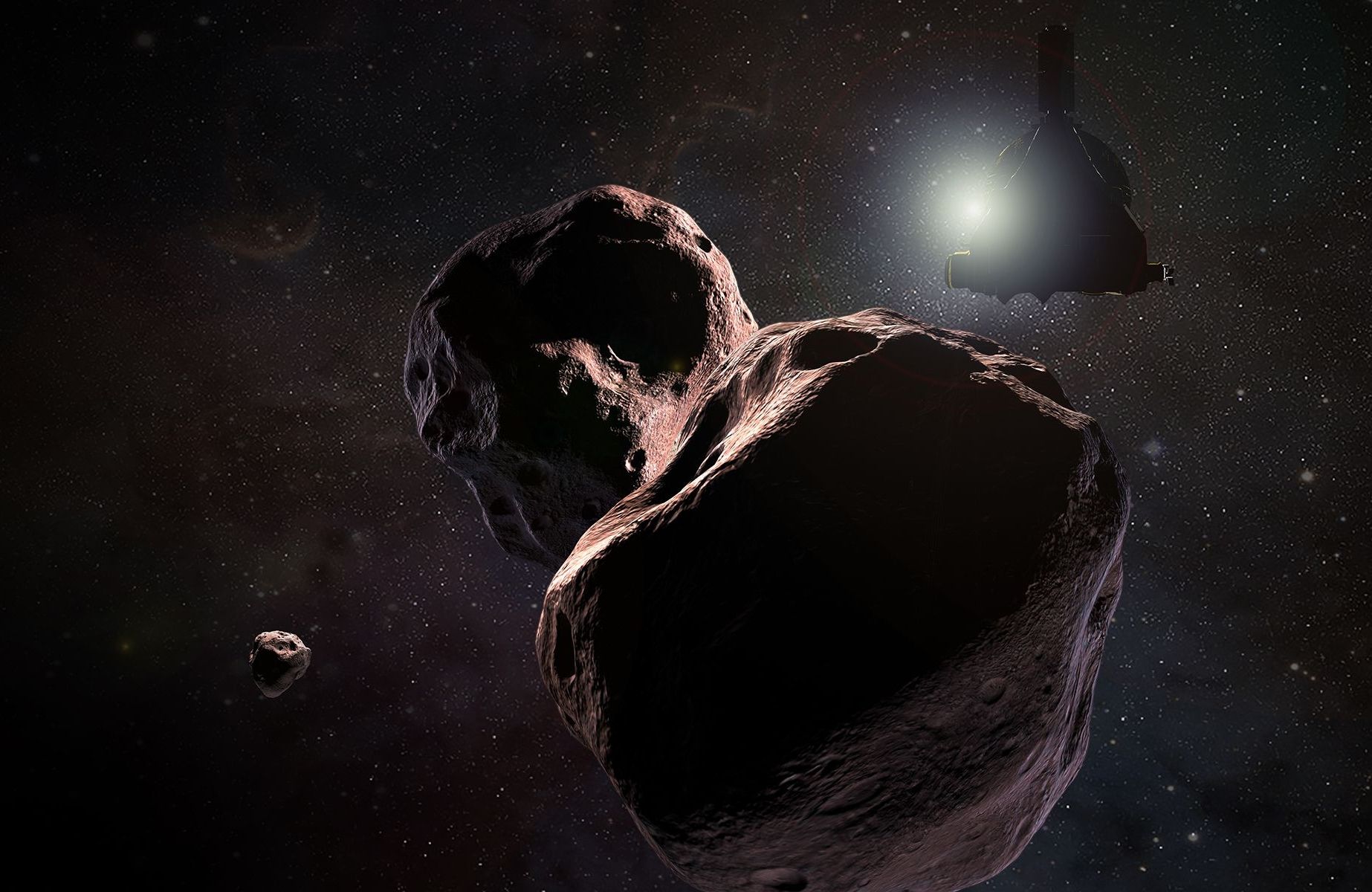
On Jan. 1, NASA’s New Horizons will perform a high-risk, high-reward flyby of an ancient world on the outskirts of the solar system.
NASA’s New Horizons spacecraft is just over 100 days away from a high-risk, high-reward flyby of an ancient world on the outskirts of the solar system.
On New Year’s Day 2019, the spacecraft will come within 3,500 kilometers of 2014 MU69, an estimated 37-kilometer-wide object the mission team has nicknamed Ultima Thule. The encounter will take place 6.6 billion kilometers from Earth, where it takes more than 6 hours for radio signals traveling at the speed of light to reach NASA’s Deep Space Network.
There will only be one chance for New Horizons to perfectly aim its cameras and science instruments at Ultima Thule as it zips past at 14 kilometers per second, and there may be unforeseen hazards in the spacecraft’s path. Nevertheless, Jim Green, the director of NASA’s planetary science division, is looking forward to the drama.

NASA’s Hubble Space Telescope uncovered never-before-seen features around a neutron star.
An unusual infrared light emission from the nearby orb could indicate a dusty disk, or an energetic wind coming off the object and slamming into interstellar gas.
Either or.
